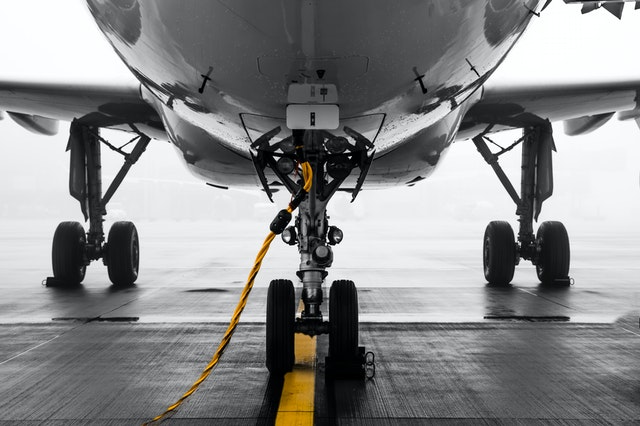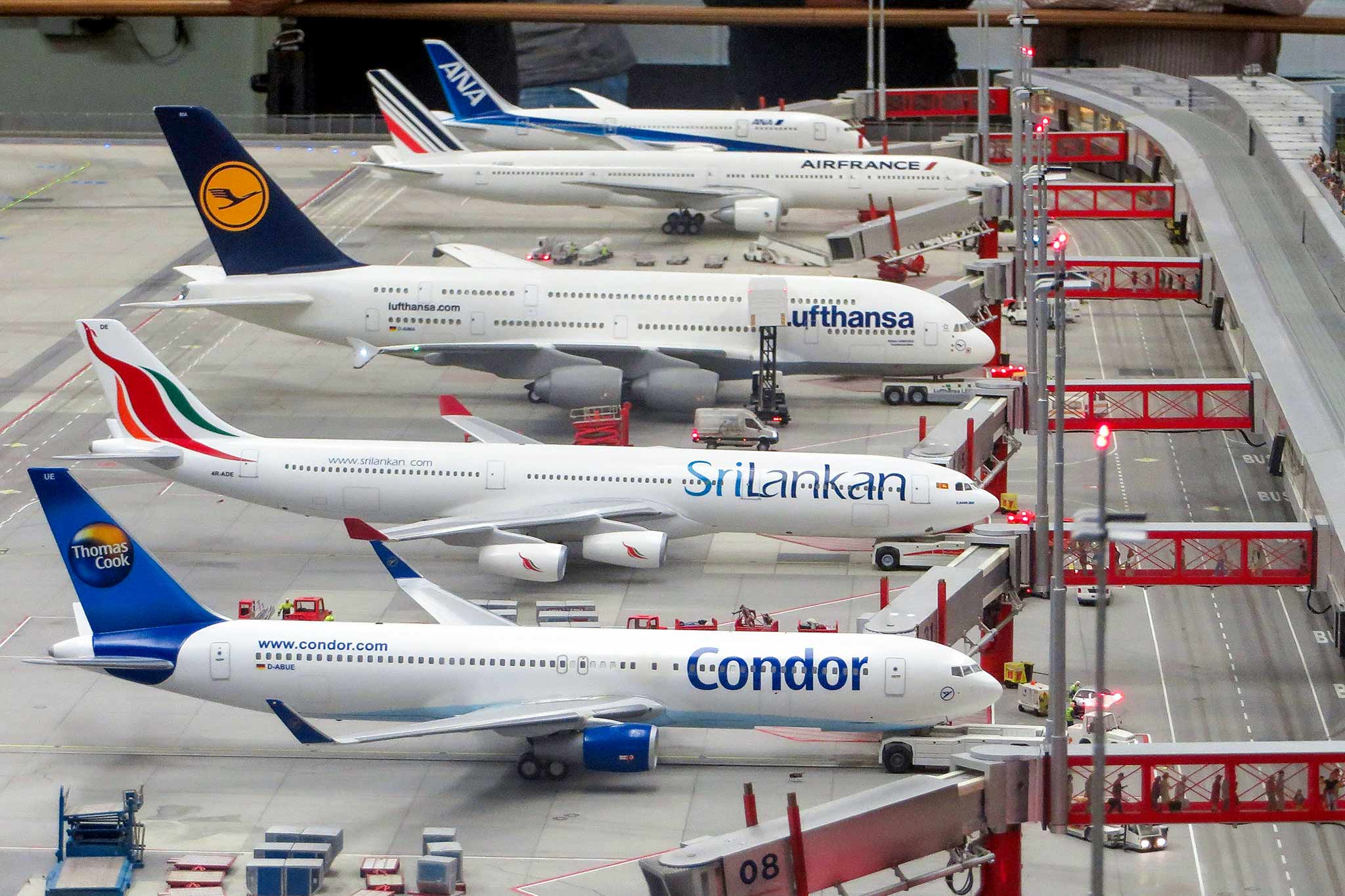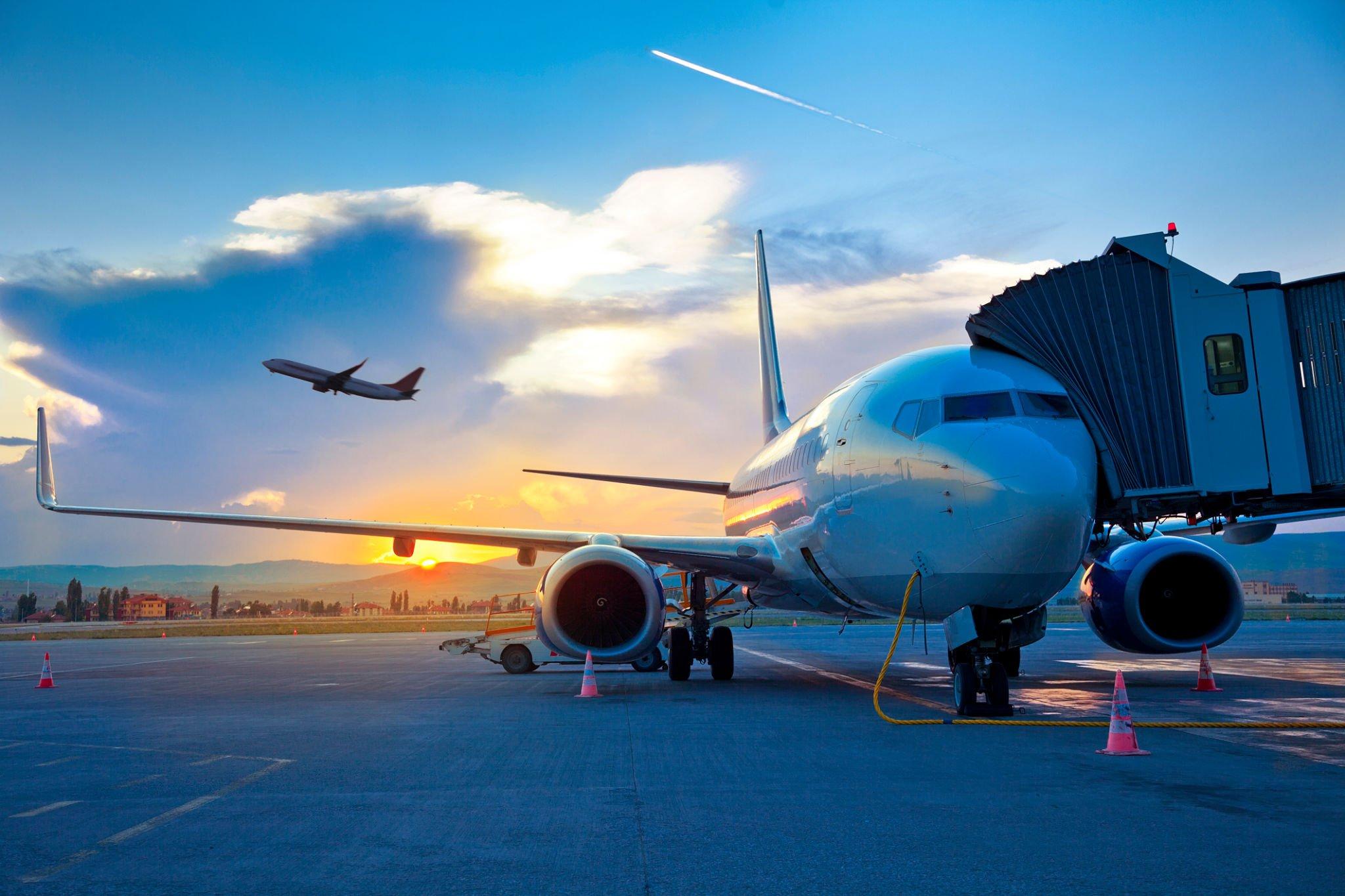

While this assertion may appear counterintuitive, operating a plane in the air is now much safer than operating one on the ground. Over the past decade, U.S. airlines have flown over eight billion passengers with no fatal crashes and only one passenger death. We have seen airlines report more incidents on the ground than in the air—when an aircraft is on a runway or taxiway, it is more prone to human error or incidents. The key to safety improvement in the aviation industry has been to extract relevant data and deliver it in real-time to the right parties. With this in mind, AI in airports may be useful to analyze ground operations data and alert crew members to take immediate action.
Why Are Flight Operations Consistently Getting Safer?
It is of the utmost importance to ensure passenger and pilot safety to prevent loss of life. Additionally, fatal crashes can cost over a billion dollars in damage and insurance consequences. This also includes the damage to an airline’s reputation, which leads to less business and less revenue.
The airline safety revolution propelled many of the changes that improved flight safety. Federal regulators, airline executives, and pilot union leaders collaborated to launch safety programs that would collect data, and pinpoint hazards that cause malfunctions, mistakes, and crashes. Pilots, airline carriers, and government representatives shared or received data on pilot errors and potential crashes. This exchange came with the expectation that pilots and airlines would not face disciplinary action for handing over this information.
In fact, they were rewarded for sharing mistakes—and punished for withholding errors. This served to create a culture of accountability and safety without fear of retribution.
By combing through massive amounts of data, experts were able to pinpoint error patterns that continued to repeat over and over again. These patterns became necessary safety lessons that pilots and airline crews voluntarily incorporated into their new solutions.
One of the most important facets of the situation is that airlines made voluntary changes, which proved to be much more effective than enforcing government regulations.
Another important piece to consider is that applicable data proved essential to spotting these patterns. While the industry may experience data overload, extricating relevant information from the big data available makes a sizable difference in preventing incidents.
How Can We Apply These Methods to Ground Operations?
As a similar method, AI in airports can function as a data collection method that helps improve the safety of ramp operations. An artificial intelligence tool can send proactive alerts to members across a variety of different ground support crews and third parties, who must work together in sync. While it is easy for these parties to become disjointed, this advanced solution ensures that all crews are all on the same page when it comes to safety. It can help prevent:
- Dangerous driving maneuvers around an aircraft still on the ground
- Incorrect placement of safety cones
- Non-compliance with safety vest regulations
- Other unsafe situations that compromise aircraft safety
An AI tool with computer vision technology can take in the vast amounts of data that come from analyzing the crews and processes on the ground. The more data your tool takes in, the better it becomes at optimizing your operations.
Request a Demo and See Our AI in Airports Like Yours
In collaboration with airlines, Synaptic Aviation tools can collect useful information from vast amounts of data and send real-time alerts to relevant parties, providing airlines with unmatched smart data analytics to improve aircraft safety on the ground.
Are you ready to test an AI solution? Let Synaptic Aviation show you how simple and effective it can be to implement. Request a demo today at www.synapticaviation.com or contact us at 844-505-4496.

Learn more, request a demo
Get Demo
 Recent Posts
Recent Posts 

Commercial Aviation Accidents Are at an All-Time Low, So Why are Airport Ramp Accidents Not Improving?
It is extremely rare these days to hear news about fatal commercial aviation accidents. Despite zero fatal accidents in 2023 compared to twelve in 1980, the yearly number of flights has more than quadrupled.
By Nicholas Casamayor April 13, 2024
